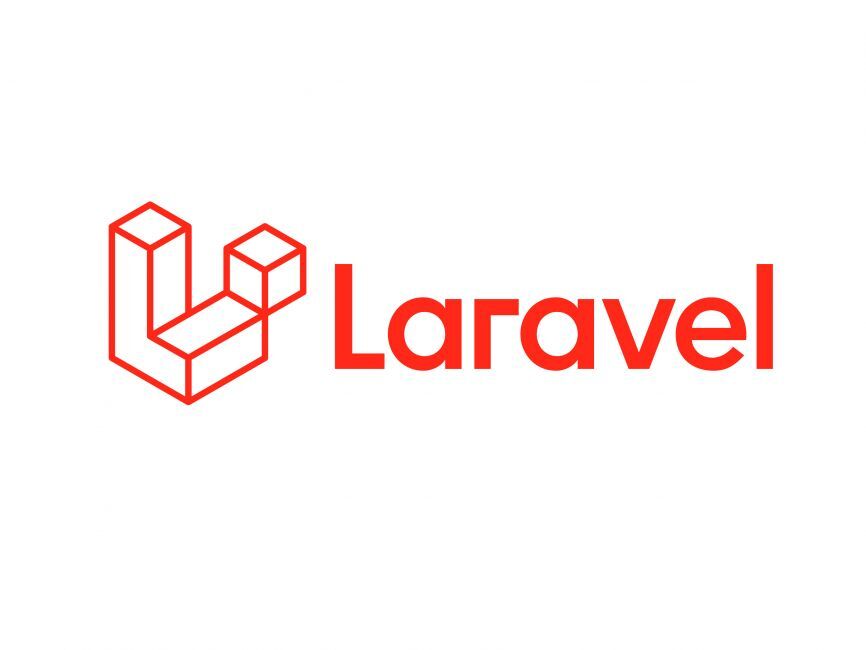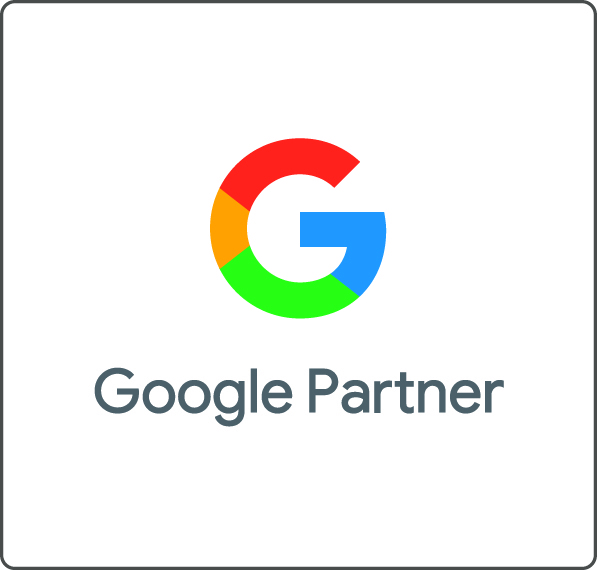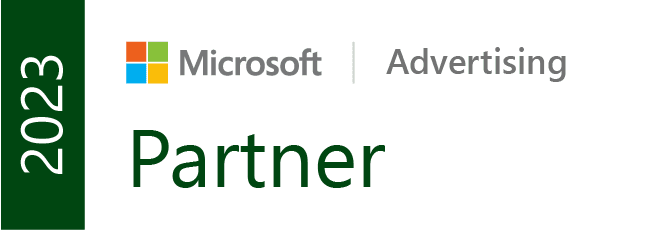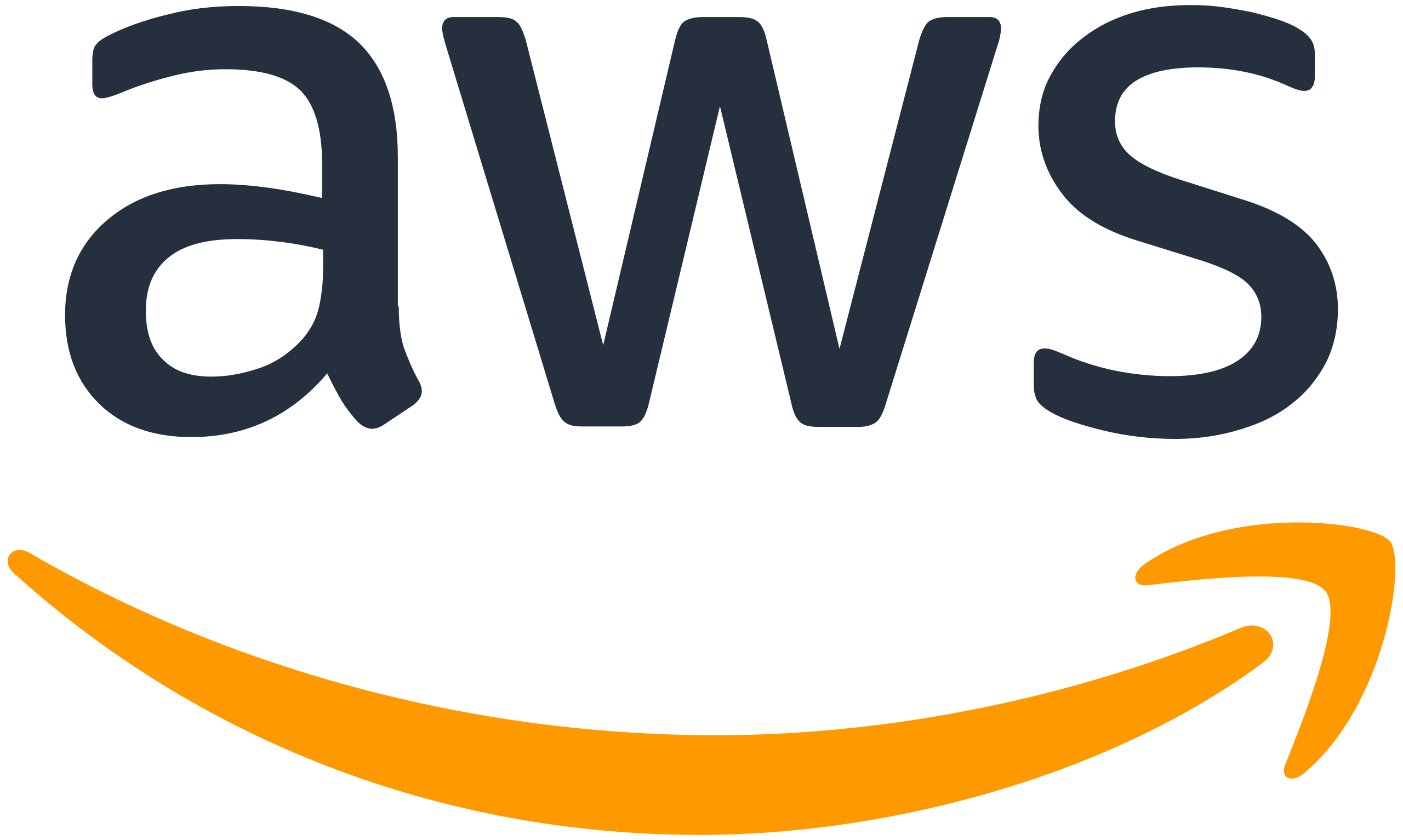There is a general reaction to Google cardboard "Google what?" but this type of VR offers huge potential to retail, B2B and entertainment brands alike.
If you’ve not heard of Google Cardboard then you aren’t alone. Since having it in the last month and mentioning it to my business colleagues and friends, the general reaction has been ‘Google what?’. The notion of Google and Cardboard together is not a common one it seems. Yet it is a product which potentially offers huge opportunity to retail, B2B and entertainment brands alike to offer immersive virtual experiences for next to no cost.
If you’ve never heard of Google Cardboard then it is basically as the name implies; a (usually) self-assembled cardboard housing for a mobile phone with two enclosed lens’. The phone is placed in a specific slot which, with the lens and the right app/website running, allows users to enter whatever world they decide to load up. The cardboard devices come with a QR code which has to be scanned when the Google Cardboard app is first loaded up. This syncs the phone to the cardboard housing to allow for any interactions on the headset to register with the phone such as a button press. Do all of that and you’re off and running.
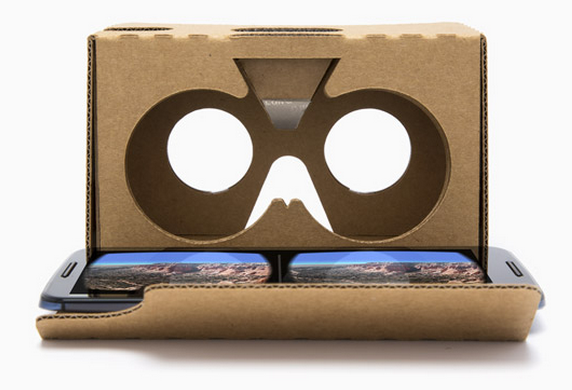
Source : Google Cardboard
Set up of Google Cardboard was as mentioned, pretty straightforward. I ordered mine via I am Cardboard and it was simple to assemble. The issue that I had was that with my oversized Nexus 6, it didn’t fit neatly into the phone holder. With a small bit of modification (e.g. bending the cardboard in a few extra places and cutting a hole where my power button goes – it was turning my phone off a lot) I got it in and working fine.
Download and installation of the Cardboard App was as simple as you’d expect and once I’d scanned my QR code I was off. There are several demos with the initial app which allow you to see what all the fuss is about. I was originally inspired to get Cardboard after hearing about Sisters which showed off what was possible really well albeit in a very creepy way.
I quickly fired this up and sure enough I was transported into a very eerie and darkened world filled with various VR driven creaking doors, bats and flickering TVs. It is certainly a bit disorientating when you first start looking around your ‘world’ as you are able to get a complete 360 degree view of where you are. You first instinct is to walk around as you would in the real world but often this isn’t possible due to the size of the game/apps you’ve downloaded and, I guess, the time it would take to map out a whole world.
After being relatively scared I was then inspired to try some other experiences and spent the next hour entering the worlds of dinosaurs, taking trips around the galaxy and even standing next to Jack White live on stage. It was a great thrill and immediately opened up many doors (excuse the pun) to what might be possible for the future.
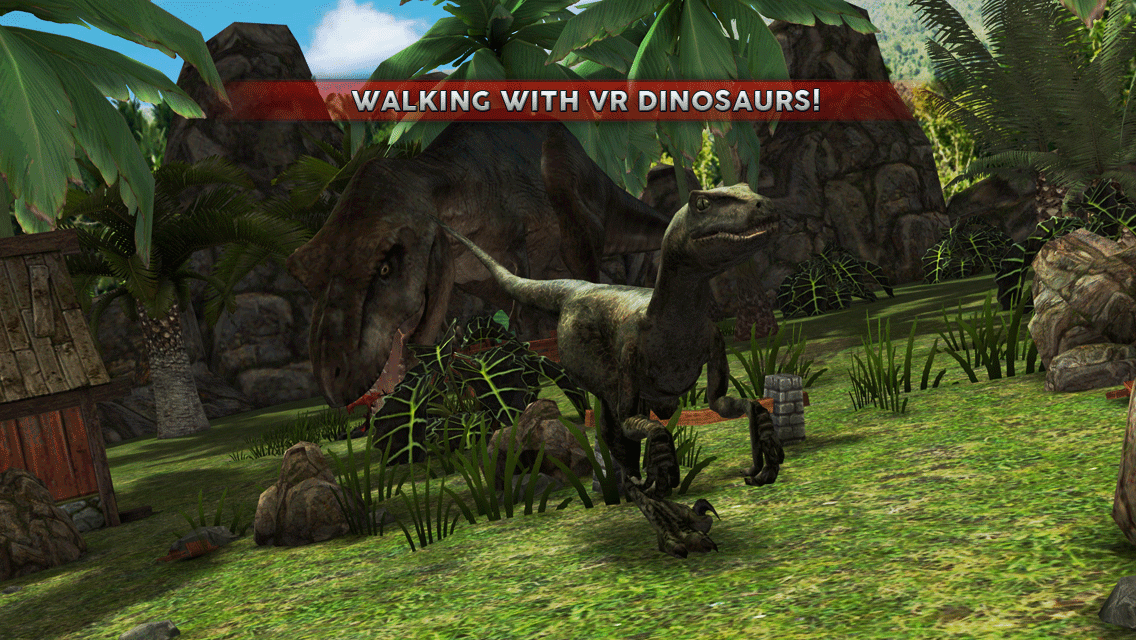
Source : Lunagames
Despite getting very excited by my first few uses of Cardboard, the resulting month has seen rather limited use. The main reason is that the apps that are currently available are very limited in terms of scope of the games/worlds and what you can do with them. Having experienced nearly twenty now, I’ve yet to find one that offers anything more than mild amusement or terror for any length of time. I put this down to the fact that the technology is still relatively new and take up of cardboard is still very limited. Despite this I do load up apps every few days either to show friends, family, the team who’ve yet to be subjected to it or just for my own amusement.
One of the better features which allows the user to take control of the VR experience is the ability to create photospheres. This is still a very unknown feature of most mobile camera apps (even I didn’t know about them until a month ago) but very simple to create for most Android users, assuming you have one of the more recent OS versions.
Photospheres are very appropriately named in that you can take numerous photos in one spot which are then automatically stitched together to create a spherical view of the area you are in. Since discovering them I’ve taken many of the places that I’ve been that, when shown through Cardboard, give a far greater experience of the place(s) that I’ve visited.
Whilst photos are good, video is far more impactful. There are a few instances of 360 degree videos on Youtube like this one from the RNLI which give a great view of various places. I look forward to more of these coming to Cardboard soon.
Current limitations
Whilst I’ve found Cardboard to be a very interesting development in delivery of digital experiences, there are several limitations I’ve found to date.
The first is the lack of credible apps. The vast majority of them are only a minute or two long in duration and once the ‘scene’ has played out, there is little to do after that and little to keep you coming back to them. Once I’ve been on the roller-coaster once, then I don’t really want to get back on again - especially with my stomach.
The second is the depth of the worlds created. I can only put this down to the tentative steps & lack of budget by the app developers at this point. I believe there is a big opportunity for someone to build a truly immersive world in the same way that the likes of GTA and others have to bring Cardboard more into the mainstream.
Finally is the interface. Several apps offered the opportunity to play through Bluetooth controller but to me this impairs the experience (even though I haven’t tried this option yet) as you want to be ‘in’ the world you’ve entered, not using old cues. The button on the side of the Cardboard I had proved very useful for shooting asteroids or zombies but there needs to be something in addition to this. A Bluetooth glove or something similar would be a welcome development to allow you to become more immersed in the world you are in. I’m sure the wearable guys are already working on this.
What next?
Given companies like Facebook have spent upwards of $2 billion Cardboard competitor, Oculus Rift, VR is certainly being given some serious attention from the big tech players. The first OR device is due to hit an, erm, screen near us in the next 6 months so they’ll be huge amounts of VR coverage around shortly. No doubt we’ll see app/games makers struggle with the age old technology problem of supporting multiple platforms simultaneously but if it comes down to just Oculus and Google then this shouldn’t be too much of an issue. Ideally I’d like to see Cardboard delivered via the web rather than apps so that developers have less headache to manage but I think we’re probably a year or two away before the infrastructure is in place to properly facilitate this.
What’s it going to take for all of us to walk around with bits of cardboard stuck to our faces in the future? As mentioned, there is going to be quite a bit of hype around VR coming our way in the next year or so. I’m sure there will be significant investment coming to deliver some killer apps and games to make us use VR much more. Will it change how we use the internet? From initial experience I’ll go for no but it’ll certainly offer brands the opportunity to offer new and interesting experiences to their clients and I believe will definitely become part of the digital marketing mix especially if it’s in such a low cost form like Cardboard. I look forward to ‘seeing’ things develop in the coming years.

